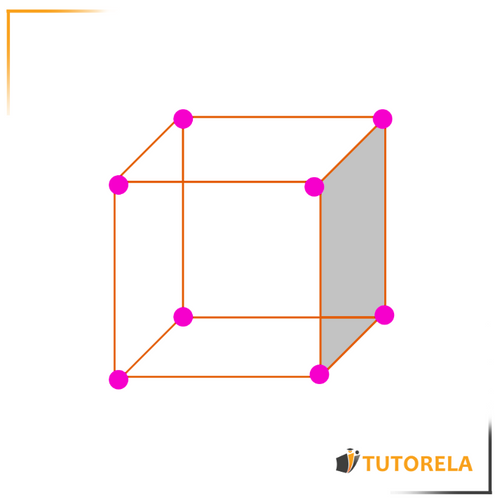So far we have worked with common two-dimensional figures such as the square or the triangle.
Three-dimensional figures are those that extend into the third dimension, meaning that in addition to length and width, they also have height (that is, the figure has depth).
Cuboids Practice Problems & Three-Dimensional Figures
Master cuboids, cylinders, and prisms with step-by-step practice problems. Calculate volume, surface area, and lateral area of 3D shapes with detailed solutions.
- Calculate volume of cuboids using length × width × height formula
- Find surface area of rectangular prisms with complete step-by-step solutions
- Determine lateral area of cuboids excluding the top and bottom faces
- Solve cylinder volume problems using πr²h formula with real measurements
- Calculate total surface area of cylinders including bases and lateral surface
- Work with triangular prism volume and area calculations
Understanding Cuboids
Three-dimensional figures
What are three-dimensional figures?
What differences do three-dimensional figures have?
Three-dimensional figures have several definitions that we will see next:
Below is a three-dimensional figure that we will use to learn each definition - The cube:

Face: it is the flat side of a three-dimensional figure
In the cube we have here, there are 6 faces (one of them is painted gray)
Edge: these are the lines that connect one face to another in a three-dimensional figure
In the cube we have here, there are 12 edges (painted green)
Vertex: it is the point that connects the edges
In the cube we have here, there are 8 vertices (painted orange)
Volume: it is the amount of space contained within a three-dimensional figure.
The units of measurement are .
Practice Cuboids
Look at the the cuboid below.
What is its surface area?
Examples with solutions for Cuboids
Identify the correct 2D pattern of the given cuboid:
Let's go through the options:
A - In this option, we can observe that there are two flaps on the same side.
If we try to turn this net into a box, we should obtain a box where on one side there are two faces one on top of the other while the other side is "open",
meaning this net cannot be turned into a complete and full box.
B - This net looks valid at first glance, but we need to verify that it matches the box we want to draw.
In the original box, we see that we have four flaps of size 9*4, and only two flaps of size 4*4,
if we look at the net we can see that the situation is reversed, there are four flaps of size 4*4 and two flaps of size 9*4,
therefore we can conclude that this net is not suitable.
C - This net at first glance looks valid, it has flaps on both sides so it will close into a box.
Additionally, it matches our drawing - it has four flaps of size 9*4 and two flaps of size 4*4.
Therefore, we can conclude that this net is indeed the correct net.
D - In this net we can see that there are two flaps on the same side, therefore this net will not succeed in becoming a box if we try to create it.
Answer:
What are the dimensions of a cuboid composed of two 4X3 rectangles
and of four 4X4 squares?
To determine the feasability of a cuboid composed of two 4x3 rectangles and four 4x4 squares, we start by calculating the total surface area these would provide:
The total surface area contributes as follows:
- Two 4x3 rectangles:
- Four 4x4 squares:
The total surface area is .
When forming a cuboid with dimensions , the surface area should satisfy:
.
Now, let us examine possible dimensions that can result from the given face dimensions:
- Dimension 1: 4 (from the squares).
- Dimension 2: 3 (from the rectangles).
- Dimension 3 needs consideration from remaining panels.
Since using the given two 4x3 rectangles and four 4x4 squares in a valid arrangement providing 6 surface faces does not meet the criteria without repeating or extending beyond six faces, the random assembly of these square and rectangular panels cannot result in a valid orthogonal shape (cuboid).
Conclusively, this orthohedron is not possible.
Thus, the solution is that 'This orthohedron is not possible.'
Answer:
This orthohedron is not possible.
Which dimensions may represent a cuboid?
There is no limitation or rule regarding the dimensions that a cuboid can have.
Therefore the correct answer is D.
Answer:
All of the above.
A cuboid is shown below:
What is the surface area of the cuboid?
Remember that the formula for the surface area of a cuboid is:
(length X width + length X height + width X height) 2
We input the known data into the formula:
2*(3*2+2*5+3*5)
2*(6+10+15)
2*31 = 62
Answer:
62
Calculate the volume of the cuboid
If its length is equal to 7 cm:
Its width is equal to 3 cm:
Its height is equal to 5 cm:
The formula to calculate the volume of a cuboid is:
height*length*width
We replace the data in the formula:
3*5*7
7*5 = 35
35*3 = 105
Answer:
105 cm³